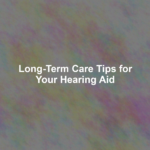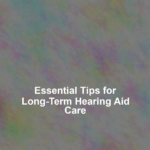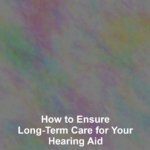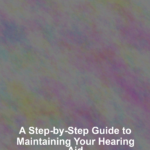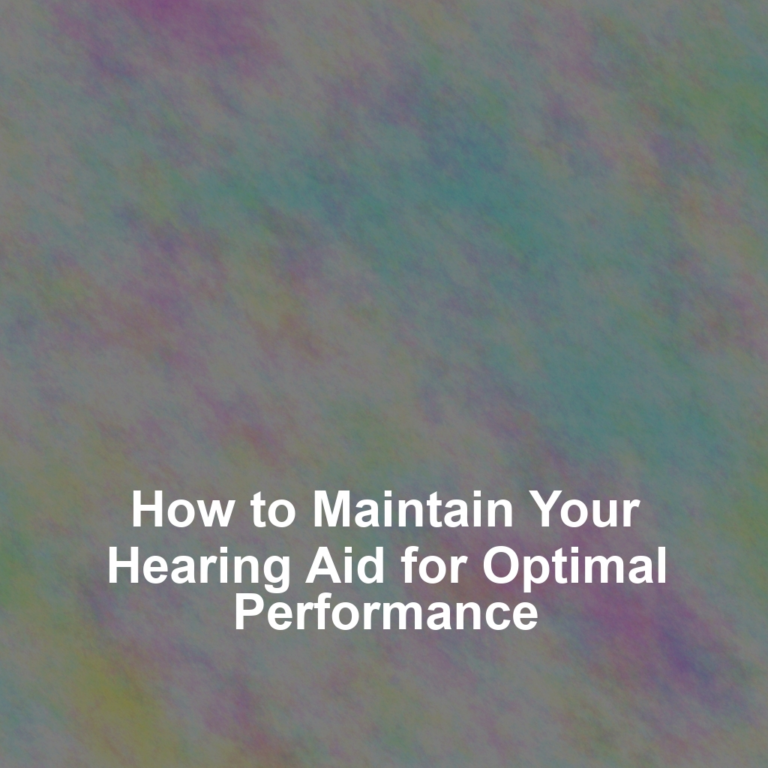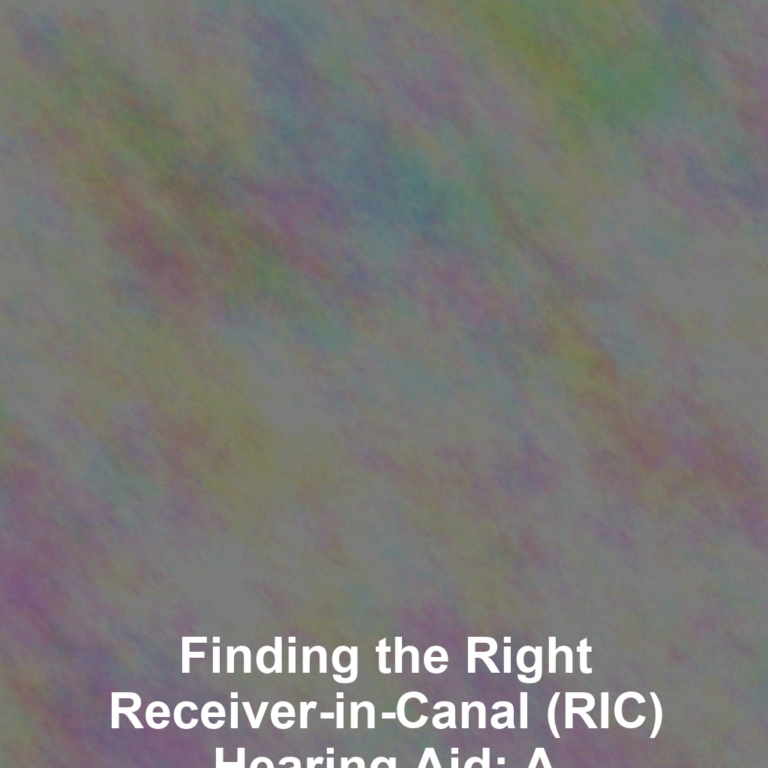You might think that maintaining your hearing aid requires specialized knowledge, but in reality, you can handle the basics yourself with a little guidance. As a crucial investment in your quality of life, your hearing aid deserves a careful maintenance routine to ensure it functions optimally for as long as possible.
YouG??ll find that with a few simple daily practices, such as gentle cleaning and moisture protection, you can significantly extend the life and performance of your device. Managing your hearing aidG??s battery life and understanding proper storage techniques are equally important to avoid any unnecessary hiccups in your daily use.
And while youG??re already taking these steps at home, remember that regular check-ups by a professional can spot issues you might miss. Stay tuned to uncover the nuances of each aspect of care, ensuring your hearing aid remains a reliable companion in your daily interactions.
Daily Cleaning Practices
Every day, take a moment to gently brush away any earwax or debris from the surface of your hearing aid to ensure optimal performance. This simple habit prevents buildup that can muffle sound quality or even damage your device. Use a soft, dry cloth to wipe the body of the hearing aid, being careful not to force any wax into the microphone ports or other openings.
DonG??t forget to inspect the earpiece for earwax accumulation. If itG??s a custom mold, youG??ll want to remove it and clean it separately. For behind-the-ear models, the tubing should be detached and cleared out using a specialized tool provided by your audiologist.
ItG??s also a good idea to check the battery compartment. Open it up, remove the battery, and use your brush to dislodge any grime. Corrosion is a hearing aidG??s enemy, so if you spot any rust or battery leakage, address it promptly.
Lastly, keep your hearing aid dry. Moisture can wreak havoc on the electronics. At night, store your device in a dehumidifier case to draw out any condensation thatG??s accumulated during the day. By sticking to these daily maintenance steps, youG??ll keep your hearing aid in tip-top shape.
Moisture Protection Tips
While keeping your hearing aid dry is essential, letG??s explore additional strategies to protect your device from moisture damage. YouG??re already aware that water is a hearing aidG??s nemesis, but you mightnG??t know the extent of what G??moistureG?? really means. ItG??s not just about avoiding swimming or showers with your hearing aid; itG??s also the humidity and sweat that can wreak havoc.
Firstly, make it a habit to remove your hearing aid before any activity that involves water. Even if itG??s just a light drizzle outside, consider using an umbrella or a hat. When you exercise, wear a sweatband or choose a moisture-resistant cover for your device. ItG??s better to be safe than sorry.
At night, open the battery compartment to let any collected moisture evaporate. If you live in a particularly humid area, invest in a dehumidifier designed for hearing aids; itG??s a small container that dries out your device while you sleep.
Lastly, donG??t forget to handle your hearing aid with dry hands. This seems simple, but itG??s an easy step to overlook. By ensuring your hands are moisture-free, youG??ll prevent accidental water damage during battery changes or routine handling.
Battery Management Techniques
To ensure your hearing aid functions optimally, itG??s crucial to master effective battery management techniques. YouG??ve got to know both how to prolong battery life and recognize when itG??s time for a replacement.
First off, always turn off your hearing aid when youG??re not using it. ItG??s a no-brainer, but youG??d be surprised how much juice you can save by flipping that little switch. When youG??re changing the batteries, handle them with clean, dry hands to prevent corrosion and extend their lifespan.
HereG??s a pro tip: after you remove the sticker to activate a new battery, wait a full five minutes before popping it into your device. This little pause lets the battery fully activate, which can actually squeeze out a bit more life.
Keep an eye out for signs that your batteryG??s on its last leg, like distorted sound or less oomph in amplification. And remember, batteries can go kaput even if theyG??re sitting on a shelf. So, donG??t stockpile them like itG??s the end of days. Instead, buy new batteries regularly to ensure theyG??re fresh and potent when you need them.
Handling and Storage Guidelines
After mastering battery management for your hearing aid, itG??s equally important to focus on proper handling and storage to maintain its condition and performance. Handling your device with care prevents unnecessary damage, while storing it correctly can extend its lifespan.
Here are some key points to remember:
- Wash Your Hands: Always ensure your hands are clean and dry before touching your hearing aid. This prevents the transfer of dirt and oils.
- Avoid Extremes: Keep your hearing aid away from extreme temperatures and moisture. DonG??t leave it in the bathroom during a shower or in the car on a hot day.
- Safe Storage: When youG??re not wearing your hearing aid, store it in its case. If you have a drying container or dehumidifier, use it to protect against moisture damage.
- Gentle Handling: Be gentle when inserting or removing your hearing aid. Rough handling can damage delicate components.
YouG??ve got to treat your hearing aid as youG??d any sophisticated electronic device. By following these guidelines, youG??ll help ensure that your hearing aid continues to work effectively for as long as possible. Remember, itG??s not just a device; itG??s your gateway to clearer communication and a better quality of life.
Regular Professional Servicing
Just as you routinely service your car to ensure its reliability, regular professional servicing is crucial for the optimal performance of your hearing aid. ItG??s not just about changing batteries or cleaning earwax. You need an expertG??s touch to maintain the deviceG??s intricate components. A hearing care professional can spot problems you might miss and perform necessary adjustments.
Between visits, you should keep an eye on any changes in sound quality or comfort. If you notice anything unusual, donG??t try to fix it yourself. ItG??s tempting, but you could inadvertently cause more harm. Instead, schedule a professional check-up. TheyG??ll ensure all parts are functioning correctly and may update settings to match any changes in your hearing.
Think of these appointments as tune-ups that keep your hearing aid in top shape. Most manufacturers recommend a professional service every six months to a year. However, your specific needs might vary based on your lifestyle and the type of device you use. Stick to your providerG??s recommended schedule to avoid any disruptions to your hearing aidG??s performance.
Conclusion
Taking care of your hearing aid is crucial for its longevity. Remember to clean it daily, protect it from moisture, manage batteries wisely, and store it properly.
DonG??t skip those regular check-ups with a professional. By following these simple steps, youG??ll ensure your device performs at its best, keeping you connected to the sounds of life.
Take charge of your hearing aidG??s care, and itG??ll take good care of you in return.

